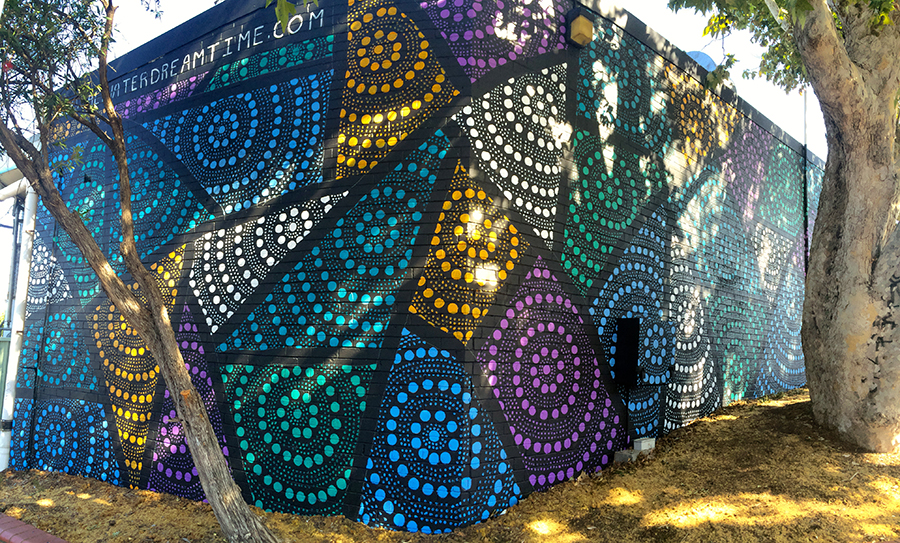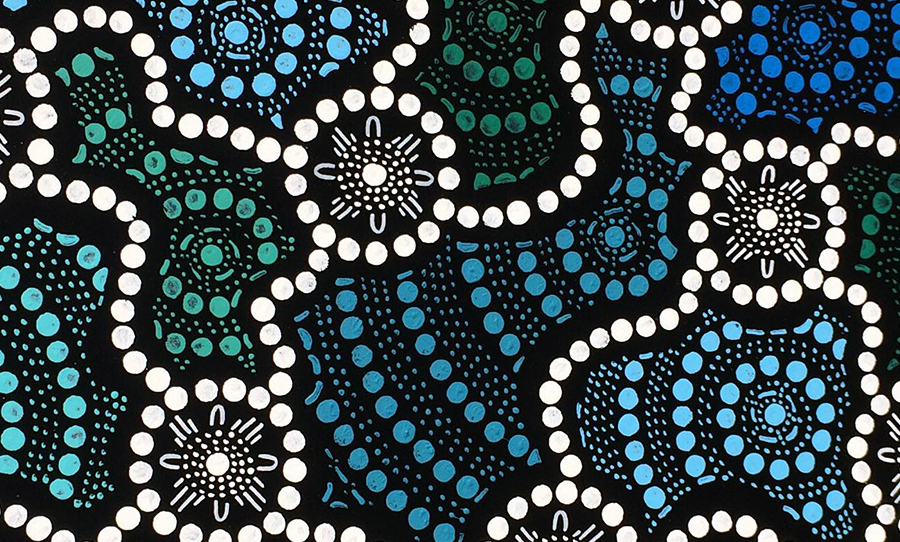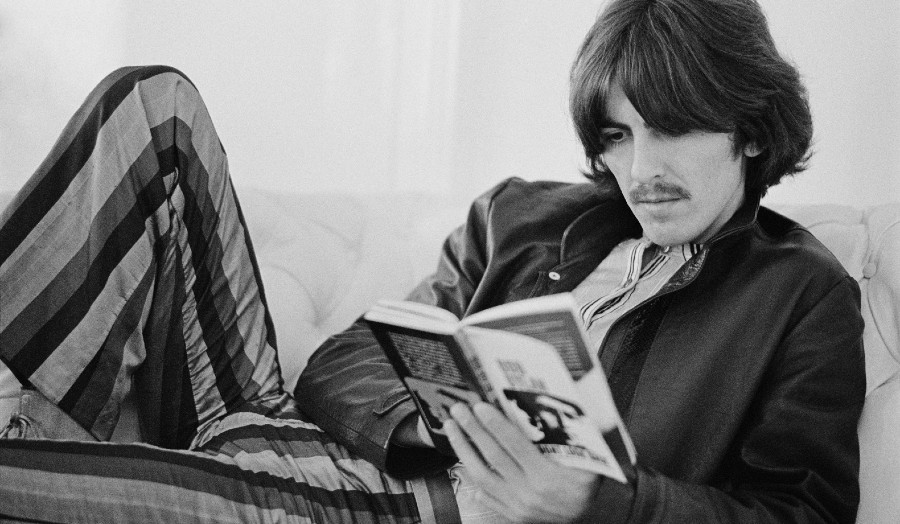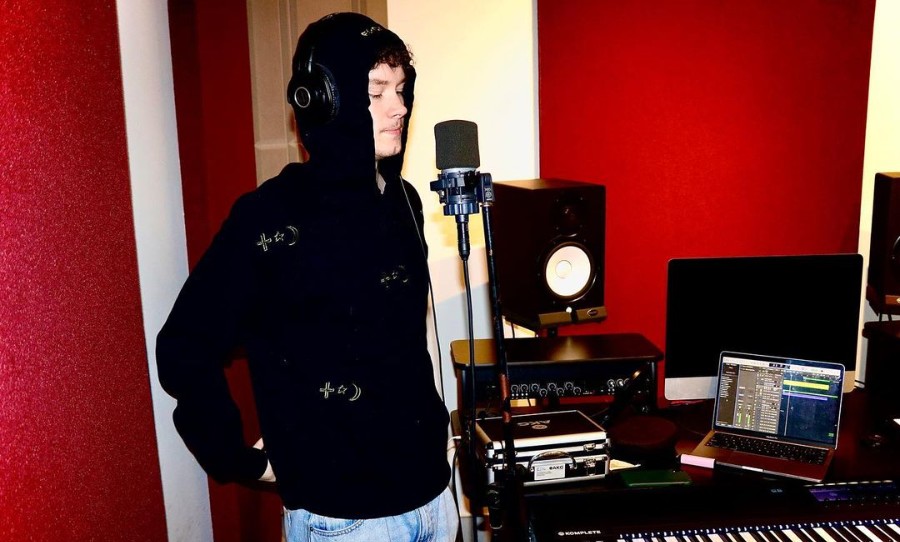Zac Bennet-Brook is an award-winning artist and surfer turning heads the world ’round. Despite only being in his late 20s, he’s gained worldwide recognition for his work, scoring high profile commissions from the likes of Chris Hemsworth and Tony Hawk, and he’s shipped pieces off to everywhere from the U.S to Spain.
The name of his company, Saltwater Dreamtime, perhaps best encapsulates Zac’s major influences: the ocean and his Indigenous heritage. Born and raised in Wollongong (Dharawal Country), the Torres Strait Islander has had a strong connection with water his entire life, and this affection has seeped its way into the way he represents his cultural heritage.
We had a chat to Zac about the way he works (super chilled would just about sums it up), the way his family and his culture influences his style, and the importance of experimentation and perseverance.
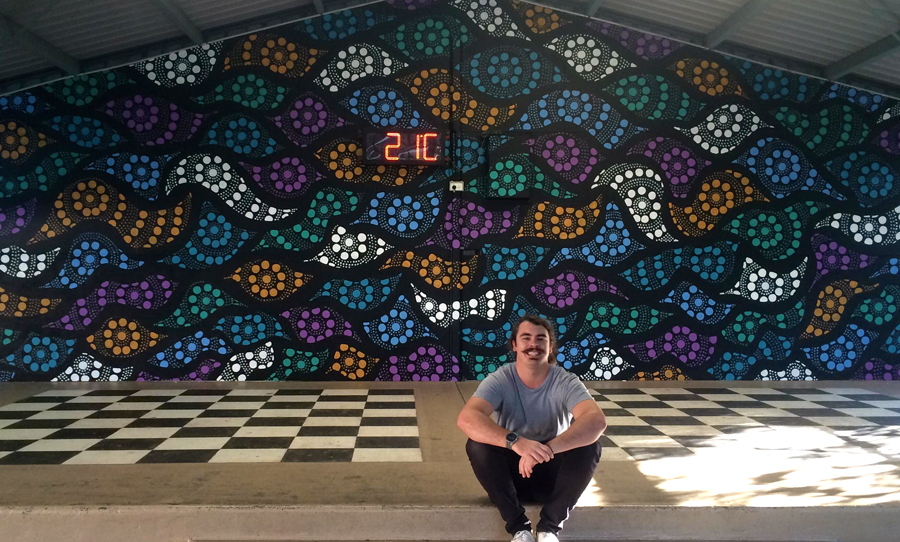
Chatting with award-winning artist Zac Bennett-Brook about his chilled approach to art and the way his family and his culture influences his style.
HAPPY: What’s your creative space like? How does it influence your work?
ZAC: My current creative space is the family garage at home. Over time I have kicked my Mum’s car out from the shed and it has sorta become my little space. For a good while it had my drum kit and boxing bag in it, then when I started to take my art more serious and I needed more space to work, so I moved it all down to the shed.
It’s great working at home as I can pop up inside and make coffees throughout the day, measure current works for sale up to send through quotes. And when the paint is wet and the weather is nice I can head on down to the beach for a dip or quick surf. For me its a really relaxing space I’m familiar with being home and I feel that relaxed nature often translates and shows through in many of my works.
HAPPY: Describe your creative process.
ZAC: Coffee, music, paint. It’s pretty simple for me, I’ll start with a coffee in the morning while I’m doing my emails then I’ll head on down to the garage to start work with a fresh coffee in hand turn the music on and let the creative juices flow. It’s not always straight into painting as something it can be fixing up surfboard either sanding them back or letting resin set before I can create my works, or priming canvases and choosing which colours I’ll work with for each artwork.

HAPPY: Where do you draw inspiration from? Does this change between projects?
ZAC: For me, I gain a lot of inspiration from my Indigenous culture. Being a contemporary Indigenous artist I draw upon culture and my connection to the ocean which also has a strong impact on my work. Family is another thing which always impacts my work and is included in the creation of every piece in some way. Those are the three main elements which help inspire me and the development and creation of each artwork I paint.
HAPPY: How do you know when a work is finished?
ZAC: I can normally tell when my artwork is finished when I have run out of spaces to paint. With my work being a dot-art form I normally fill up the entire surface of whatever I’m painting on (wall, surfboard or canvas) with varied sized and different coloured dots to create a nice large design.
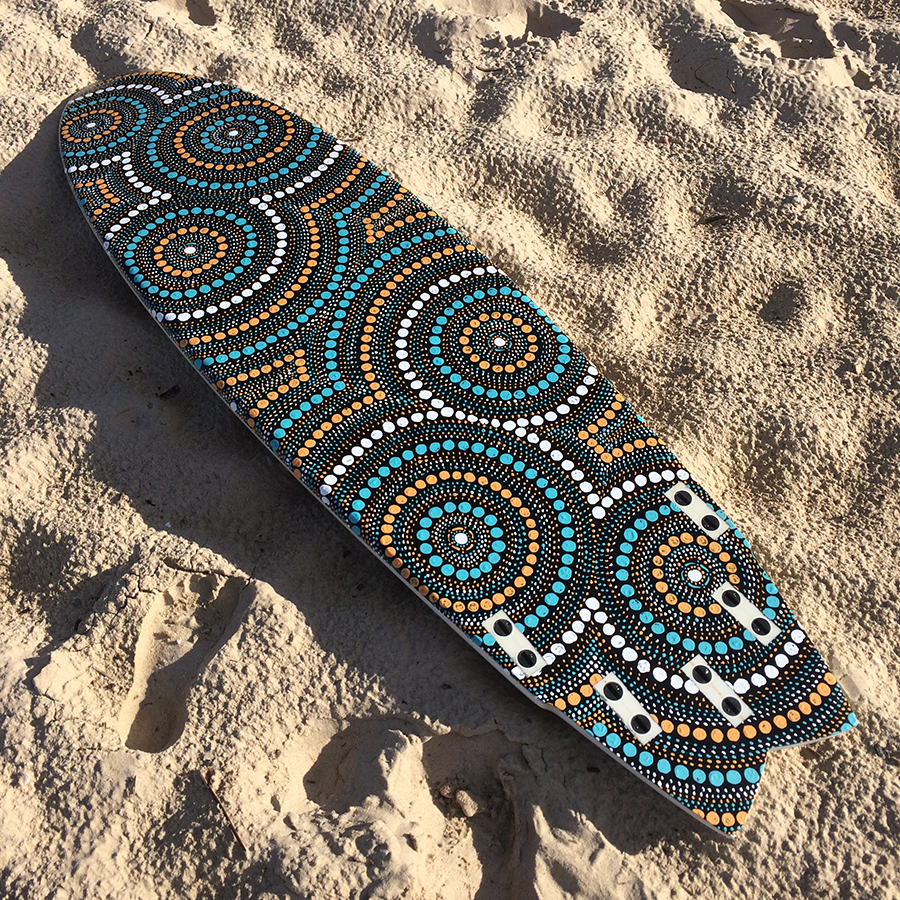
HAPPY: What are you working on now?
ZAC: I’m constantly juggling a few projects at once, for me that’s how I work best when I can jump from job to job. This week just finished I completed two nice new murals each over 10 meters in length, a few pairs of football boots I was painting up, a new surfboard I’m working on as well as a few collaborations I’m chipping away at. So it’s always pretty busy with different projects, but that’s how I love it. I have a few more walls lined up, as well as a number of collaborations with different companies which is all really exciting.
HAPPY: What’d the single most important piece of creative advice you’ve been given?
ZAC: For me it was something I noticed rather then having someone sit down and actually tell me, I think the most important piece of creative advice is to find your own style and develop that. As an artist I have created a style that people know is mine as soon as they see it. It did not happen overnight and it was a lot of experimenting with different elements that lead me to the style that I paint in today.
